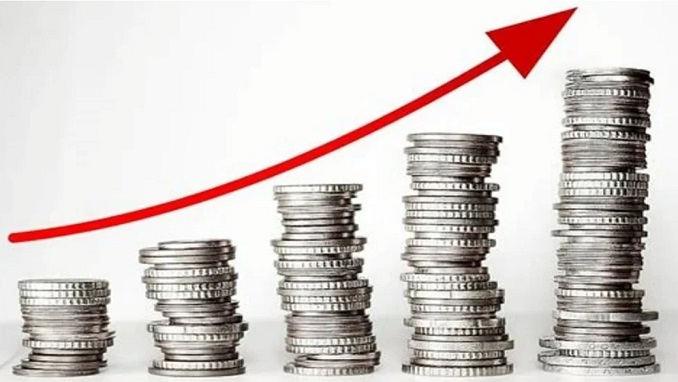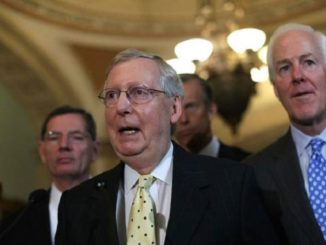
As the country battles high inflation and contends with rising interest rates, the Treasury Department confirmed on Tuesday that the US national debt has officially exceeded $31 trillion for the first time in history.
The milestone figure comes as the Federal Reserve made borrowing more expensive for the government by increasing interest rates to combat historically high levels of inflation.
According to publicly released Treasury figures, as of October 3, the US government owed a total of 31 trillion, 123 billion, 887 million, 781 thousand, 401 dollars, and 34 cents after passing the $30 trillion mark in late January.
Most of the debt – around $24 trillion – is held by private individuals while almost $7 trillion goes to debts to foreign governments though much of the world indirectly subsidizes the US dollar as the global reserve currency.
According to the Congressional Research Service, the national debt – which stood at $27,75 trillion at the moment of President Joe Biden’s inauguration – has increased by $3.37 trillion since Biden took office in January 2021.
When former President Donald Trump took office in 2017, the national debt stood at $19.94 trillion but, as the Federal Reserve printed money to deal with the Covid-19 pandemic, exploded in the past few years.
After the news broke, Congressman Chip Roy, a Texas Republican, lamented on Twitter that the debt was $21 trillion just five years ago.
The monthly federal deficits, or now, are far smaller than during the pandemic, and the government even ran a surplus for two months this year but, according to estimates, Congress must pass legislation to raise the debt ceiling by early next year to avoid a government default.
The current debt ceiling sits at just below $3.14 trillion after in 2021 lawmakers raised the federal borrowing limit by an additional $2.5 trillion.




Be the first to comment